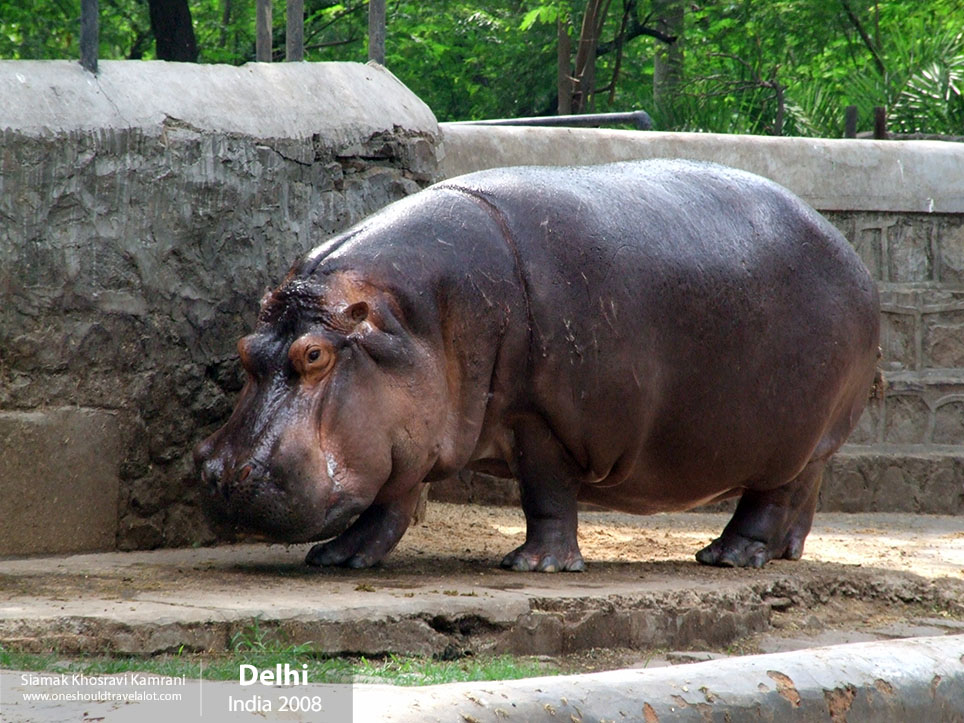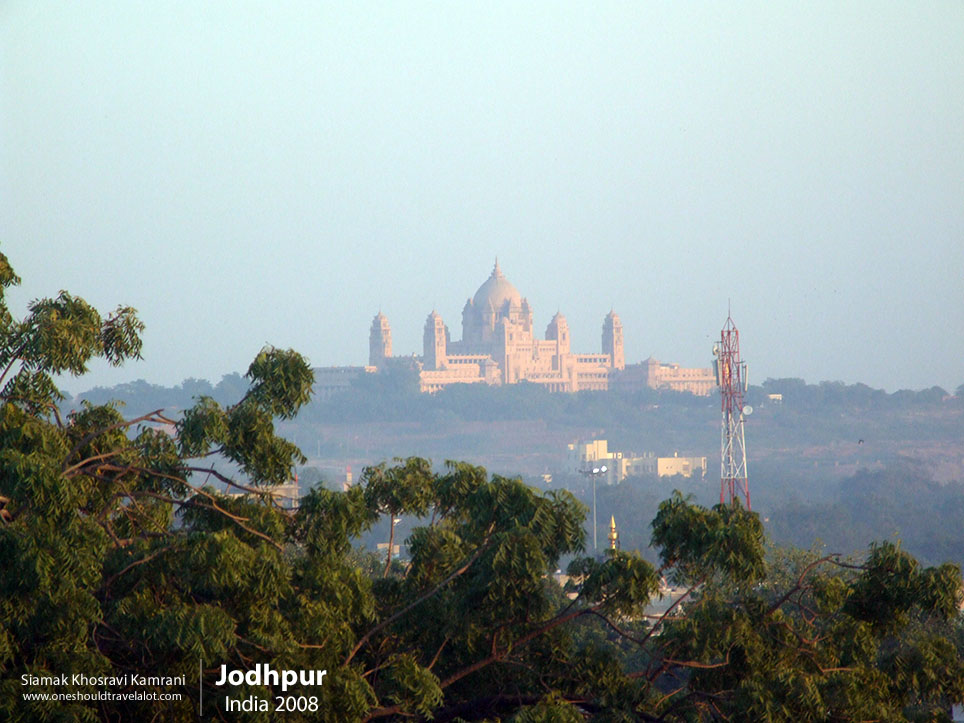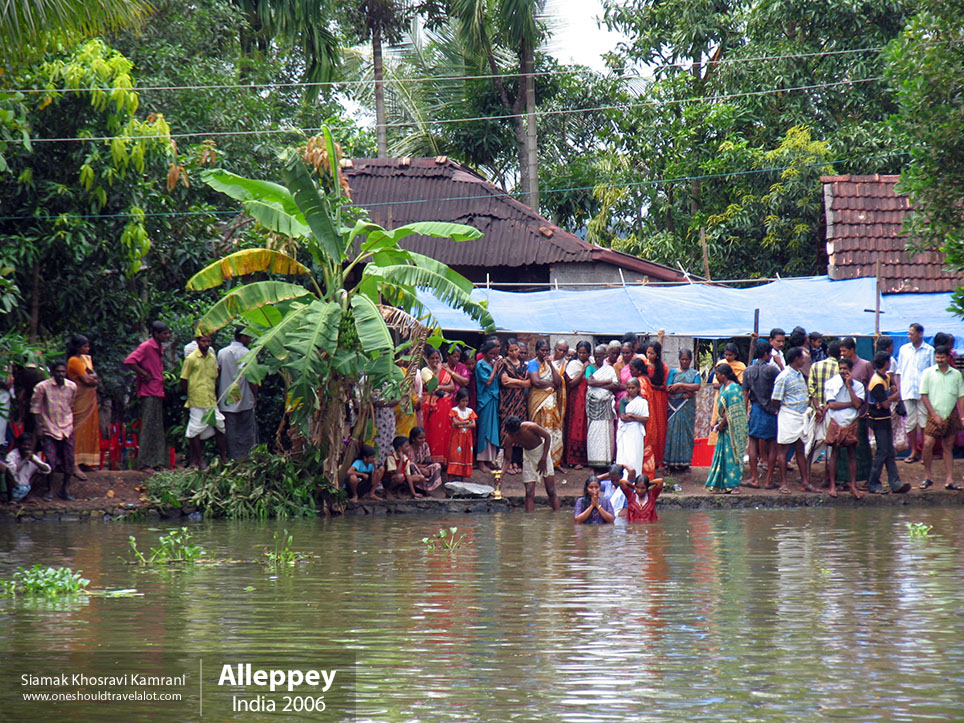Exploring Chittorgarh: A Photographer’s Journey Through Time and Tradition
First Impressions of Chittorgarh
As I stepped off the train in Chittorgarh, Rajasthan, the air felt different—ancient, almost. The city welcomed me with a warm, golden hue, the sunlight bouncing off its historic stone structures. Chittorgarh, often called Chittor, seemed to whisper tales of valor and romance, with every corner promising a story worth capturing through my lens.
The city is known for its majestic Chittorgarh Fort, one of the largest forts in India, which sprawls over a hill. As a photographer, the very thought of exploring its massive gates, towering walls, and intricate palaces had my heart racing with excitement.
The Majestic Chittorgarh Fort
The Entrance: A Gateway to History
Entering Chittorgarh Fort is like stepping back in time. The fort’s seven massive gates, each more impressive than the last, serve as a prelude to the grandeur that lies within. The first gate, known as Padan Pol, is where I started my journey. Each gate has its own history, often marked by tales of epic battles and heroic deeds.
Vijay Stambh: The Tower of Victory
One of the first sites that caught my eye was the Vijay Stambh, or Tower of Victory. Standing tall at 122 feet, this intricately carved structure was built by Rana Kumbha to commemorate his victory over the armies of Malwa and Gujarat. As I photographed this colossal tower, I couldn’t help but marvel at the detailed carvings of Hindu deities and stories from the epics of Mahabharata and Ramayana.
Kirti Stambh: A Testament to Jain Heritage
A short walk from the Vijay Stambh brought me to the Kirti Stambh, the Tower of Fame. Unlike its more famous counterpart, this tower is dedicated to Adinath, the first Jain Tirthankara. The Kirti Stambh stands as a symbol of Chittorgarh’s diverse cultural and religious heritage. The tower’s detailed carvings and serene ambiance provided a perfect subject for my camera, capturing the spiritual essence of this ancient monument.
Living the Culture and Traditions
The Local Markets: A Burst of Color and Life
Leaving the fort, I ventured into the bustling local markets of Chittorgarh. The vibrant bazaars were a photographer’s paradise, filled with the vivid colors of traditional Rajasthani attire, sparkling jewelry, and handcrafted artifacts. The scent of fresh spices filled the air, and the sounds of haggling vendors and cheerful shoppers created a lively symphony.
I couldn’t resist buying a traditional Rajasthani turban, known as a pagdi, and some intricately designed bangles as souvenirs. The local artisans were more than happy to share stories about their crafts, adding another layer of richness to my journey.
Festivals: A Glimpse into the Heart of Chittorgarh
My visit coincided with the festival of Teej, a celebration dedicated to the goddess Parvati. The city was adorned with vibrant decorations, and the women dressed in their finest attire, participating in lively processions and dances. Photographing the Teej festival was an exhilarating experience, capturing the joy and devotion that filled the streets of Chittorgarh.
The People: Warm and Welcoming
The people of Chittorgarh are as remarkable as the city itself. Their hospitality and warmth made my stay truly memorable. I was often invited into homes for a cup of chai or a meal, where I learned about their daily lives and traditions. The stories of valor and sacrifice, passed down through generations, gave me a deeper understanding of the city’s proud heritage.
Exploring Beyond the Fort
The Temples: Spiritual Sanctuaries
Chittorgarh is home to numerous temples, each with its own unique charm. The Meera Temple, dedicated to the poet-saint Meera Bai, was a highlight of my visit. The temple’s serene atmosphere and beautiful architecture provided a perfect backdrop for my photographs. I spent hours here, capturing the intricate carvings and the play of light and shadow within the temple walls.
Gaumukh Reservoir: A Sacred Oasis
Another remarkable site within the fort is the Gaumukh Reservoir, a sacred water tank fed by a natural spring. The reservoir, with its crystal-clear water and surrounding greenery, offered a tranquil escape from the hustle and bustle of the city. Photographing the reflection of the ancient structures in the still waters was a meditative experience, capturing the serene beauty of this hidden gem.
The Modern-Day Chittorgarh
Standard of Living and Societal Conditions
While Chittorgarh is steeped in history, it is also a city that embraces modernity. The standard of living here is modest yet comfortable. The city has seen significant development in recent years, with improved infrastructure and amenities. However, the essence of traditional Rajasthani life remains intact, creating a harmonious blend of the old and the new.
Culinary Delights: A Feast for the Senses
No visit to Chittorgarh is complete without indulging in its culinary delights. The local cuisine, rich in flavors and spices, is a reflection of the region’s cultural diversity. From the savory dal baati churma to the sweet delights of ghevar and malpua, every dish is a treat for the taste buds.
I spent an evening at a local eatery, savoring these traditional dishes and capturing the vibrant food culture through my lens. The aromas, colors, and flavors of Rajasthani cuisine added yet another layer of richness to my photographic journey.



